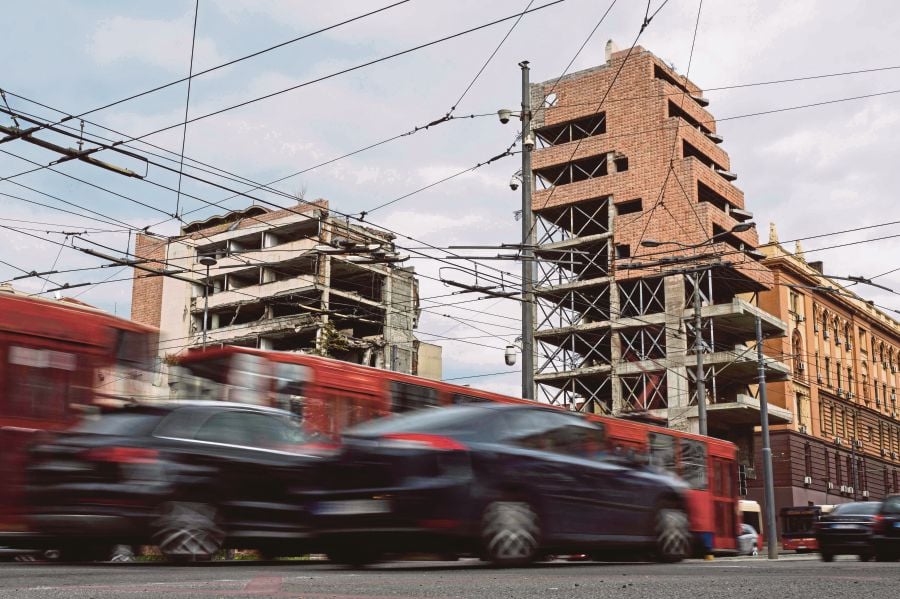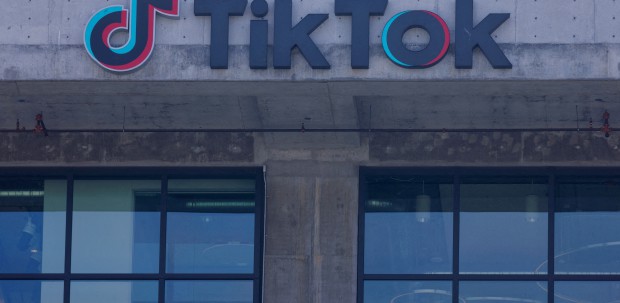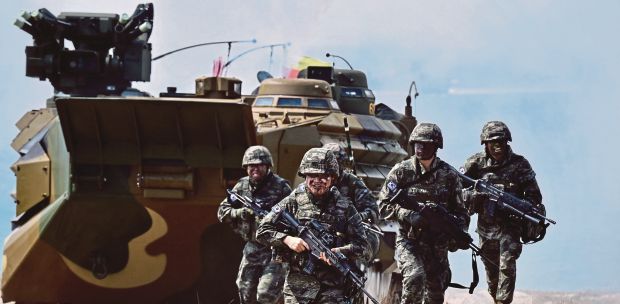A bombed-out building in Belgrade, which has stood as a national symbol of the 1999 North Atlantic Treaty Organisation (Nato) strikes on Serbia, might soon become a luxury hotel financed by Donald Trump's son-in-law, much to the anger of locals.
Jared Kushner, who served as an adviser to his father-in-law during his United States presidency, confirmed in mid-March his plans to invest in luxury real estate in Serbia, including the old site of the Yugoslav army headquarters.
Serbian opposition member of parliament Aleksandar Jovanovic Cuta and an investigation by the New York Times revealed that the Serbian government was going to transfer the building and the surrounding land to a company owned by Kushner.
Leaked plans indicated the building will be replaced by three large glass towers a few metres from the Serbian defence and foreign ministries.
The 99-year lease was given to Kushner's company free of charge, the NYT said.
The sale of the building is a sensitive issue for Serbians as it has become an emblem of the 1999 US-led Nato aerial bombing campaign that put an end to the war in Kosovo.
"Leaving it like this for another 200 years isn't really a solution," retired journalist Srdja Nikolic said.
"But I am against the idea of giving it as a gift to anyone, particularly to those who initiated what happened."
The bombing began on March 24, 1999, without the approval of the United Nations Security Council.
It aimed to end Serbian leader Slobodan Milosevic's bloody crackdown on ethnic Albanian separatists in Kosovo.
It ended in June that year with the withdrawal of Serbian forces from Kosovo, putting an end to the conflict that killed more than 13,000 people.
The ruined building "is evidence of the destruction of international law", Nikolic said, "destroyed in 1999 by the trampling of the United Nations Charter, with false excuses".
The building was declared a "cultural asset" by the Serbian government in 2005.
Resident Jasminka Avramovic, 66, remembers the day the building was hit by a bomb.
"I was born in the Senjak district, near here. When they bombed here, I came to Sarajevo Street to pick up pieces of glass. I still have the pieces of glass as a souvenir. It was a catastrophe. They are not nice memories.
"We have to rebuild it, it's ugly," the retiree said, "but what a magnificent idea" to give the building to the Americans, she said bitterly.
"They are not really our friends. I wouldn't give it to them. If we have to give it away, we should give it to Russia."
The memory of Nato's bombings is everywhere in Serbia and a quarter of a century later, resentment against the alliance is strong among residents.
The official death toll from the 11 weeks of bombardments has never been confirmed.
The figures range from 500 dead to 2,500.
"The memory of the 1990s is unpleasant," said Zoran Stosic, 83, "but we have to leave these buildings as they are.
Stosic said: "We should preserve these buildings, conserve them, and turn them into a museum.
"To remind us of the importance of peace, that these things should not happen again."
* The writers are from Agence France-Presse





